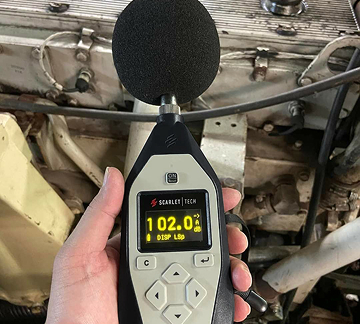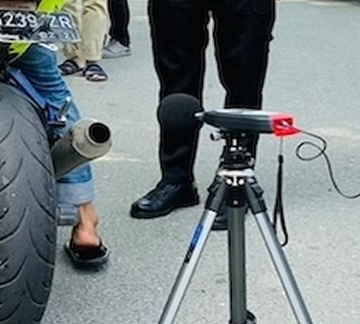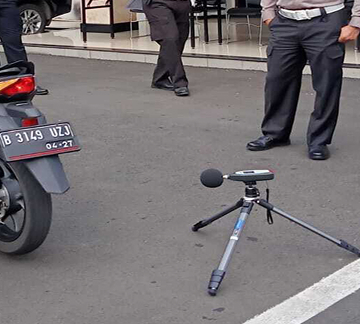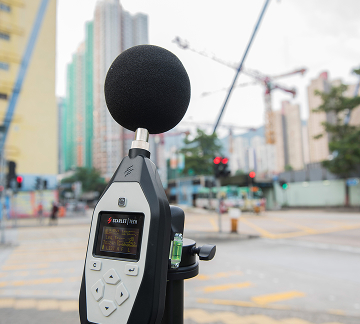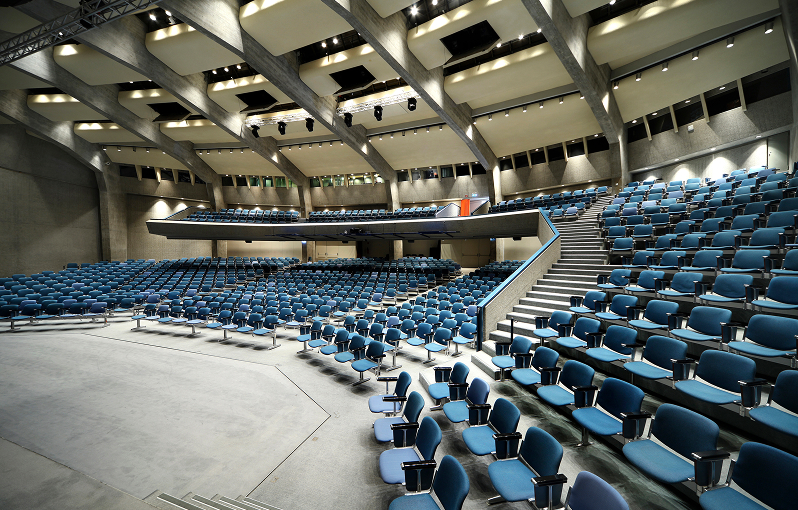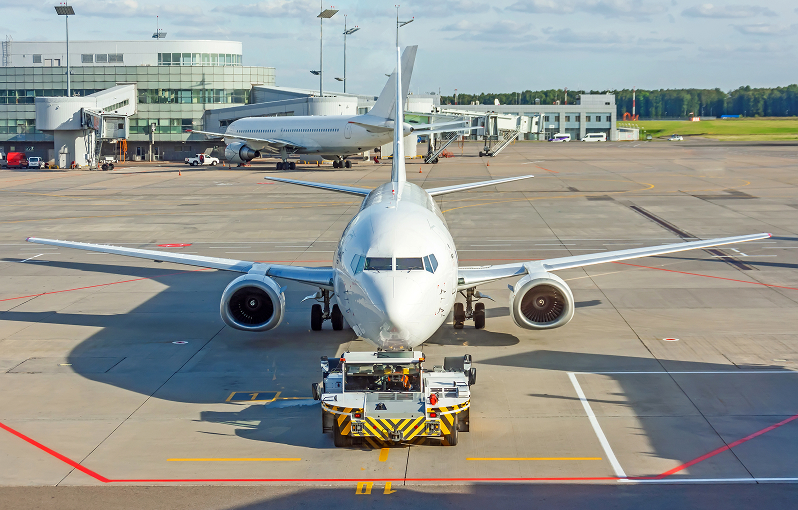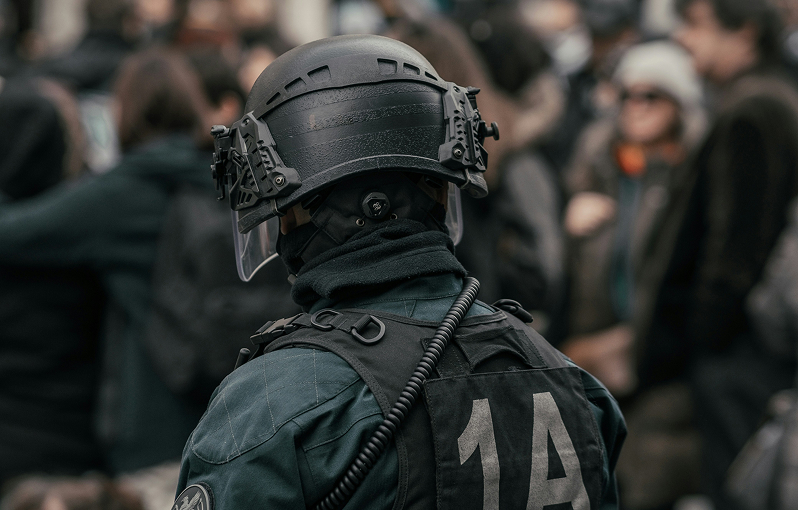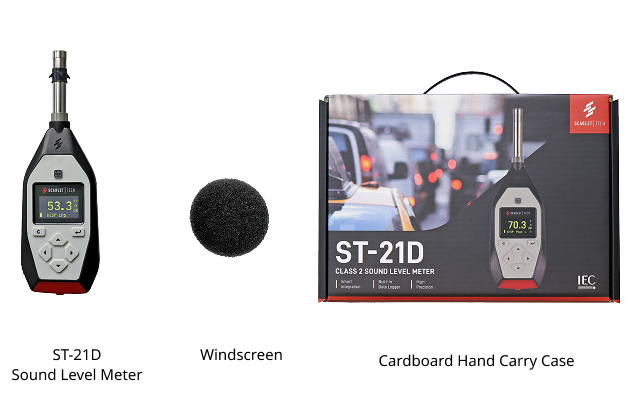
ST-21D Class 2 Sound Level Meter
Overview
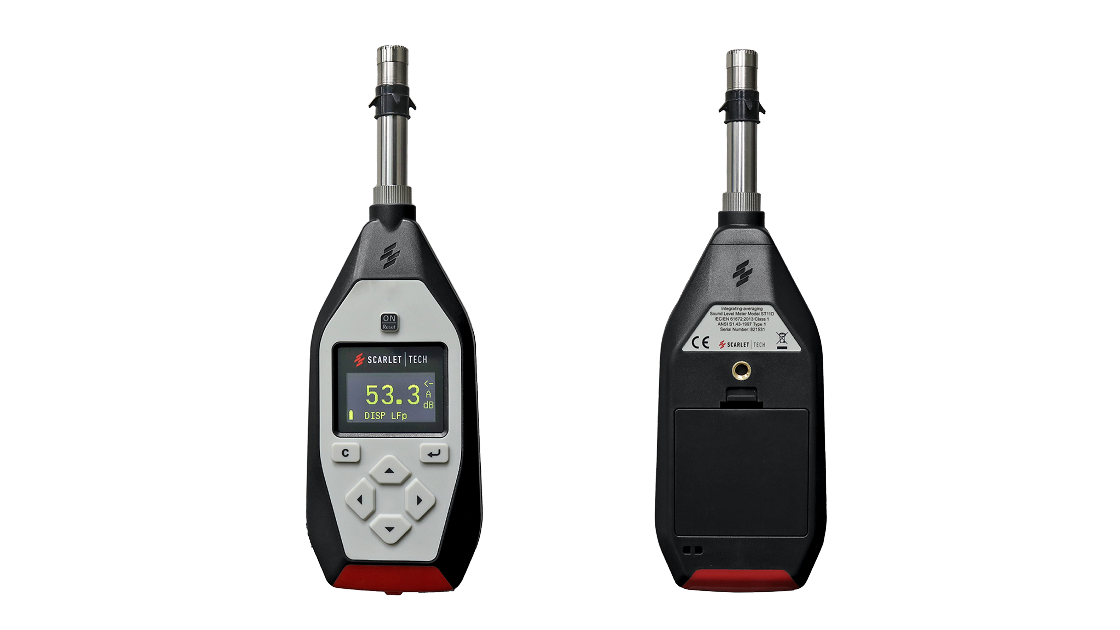
- 1
- 2
- 3

Outputs & Indicators
It includes DC/AC, USB, and RS232 outputs for effortless data transfer and integration, with LED indicators providing clear visual feedback.
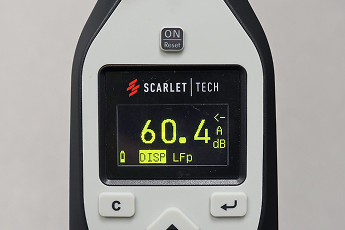
Display
ST-21D comes with a clear, user-friendly OLED display, providing intuitive navigation and easy access to sound measurements.
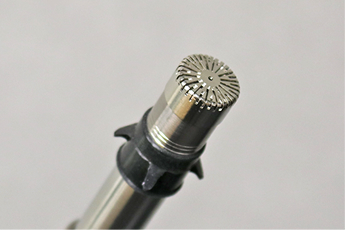
Microphone
The 1/2" prepolarized condenser microphone measures sound levels.
Why Choose ST-21D?
High Precision
Smart Integration
Built-in Datalogger
Interested in This Solution? Get a Quote Now!
Data Transfer to Windows PC
Transfers data to a Windows PC via USB cable and stores up to 8,000 sets of measurement results, including timestamp, % dose, and TWA.

Quality Assurance & Packaging
Every ST-21D is rigorously tested for quality before shipping and securely packed in a cardboard hand carry case to protect its components. This ensures your sound level meter arrives in perfect condition, ready for use.
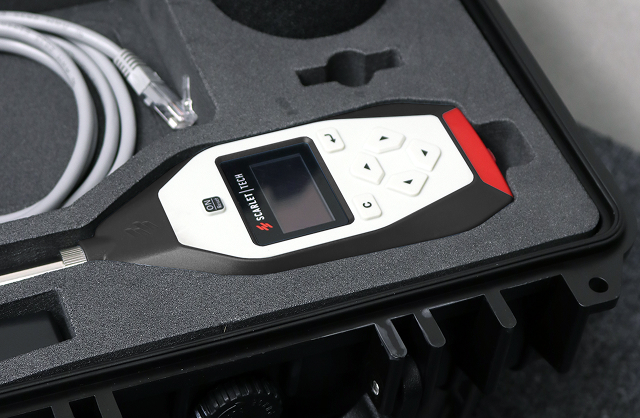
Frequently Asked Questions
Is training required to use the ST-21D?
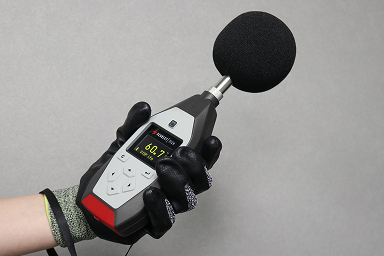
How often should I calibrate the ST-21D?
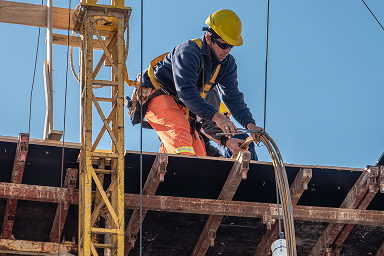
How is background wind noise reduced?
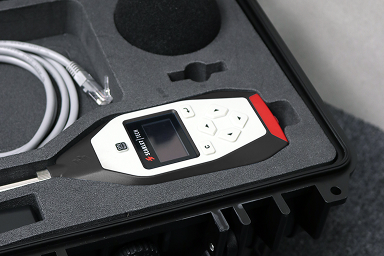
Our Clients
Specifications
- Datasheet
- Features
- Package List
- FAQ
- Download

| Item | Description |
|---|---|
| Fulfils standard | IEC 61672:2013 Class 2 |
| Main parameters of measurement | LFp, LSp, LIp, Leq,t, Lpeak, Leq,T, LFmax, LFmin, LSmax, LSmin, LImax, LImin, SEL, Lex8h, LAVG, TWA, DOSE, Ln1, Ln2, Ln3, Ln4, Ln5, SD,Ts, Tm, Volt, E |
| Measurement range | 28 to 133 dB |
| Measurement level | Z(FLAT): 38 to 130 dB / C peak: 145 dB / Z(FLAT) peak: 145 dB |
| Frequency range | 20 Hz to 12.5 kHz |
| Display | 128 × 64 OLED |
| Weight | 0.4 kg |
| Application | Sound level meter, noise dosimeter, data logging & precision recording (Optional) |
| Power Supply | 4×AAA batteries or external power supply |
| Dimensions | 310 × 72 × 32 mm |
| Features |
|---|
| ▪ IEC 61672:2013 Class 2 |
| ▪ 28dB to 133dB wide measurement range |
| ▪ Data Logging |
| ▪ RS232 & USB Data Output |
| ▪ Leq value with A/C/Z/B frequency weightings |
| Package List |
|---|
| ▪ ST-21D sound level meter |
| ▪ 1/2" prepolarized condenser microphone |
| ▪ Windscreen |
| ▪ User manual |
| ▪ Calibration certificate |
| ▪ Cardboard hand carry case |
-
No formal training is needed. ST-21D features an intuitive interface, making it easy to use for professionals and beginners alike.
-
A Class 2 sound level meter meets the accuracy and performance standards defined by IEC 61672 for general-purpose sound measurements.
-
Your choice depends on the application:
Class 1: Preferred for environmental noise surveys, low noise levels, legal applications, and standards like ISO 20906:2009 for aircraft sound monitoring.
Class 2: Suitable for less demanding applications without strict accuracy requirements. -
Conduct field calibrations before and after each use. Additionally, have the device professionally calibrated annually to maintain compliance with standards.
-
Using a windscreen or weatherproof outdoor kit helps reduce wind noise and ensures accurate readings in outdoor settings.
-
Yes, Scarlet offers microphone extension cables (available in 2.5m and 5m lengths) that allow the microphone to be positioned away from the meter, ideal for specific monitoring setups.
Where does Scarlet Sound Level Meter Meter Apply
Get a Quote Today!
Thank you for the interest in ST-21D. Please fill out the form below. We will get back to you in few hours.
